These Worlds Exist 2
rin
Published
05/05/2015
A fascinating look at ten more amazing extrasolar worlds.
- List View
- Player View
- Grid View
Advertisement
-
1.
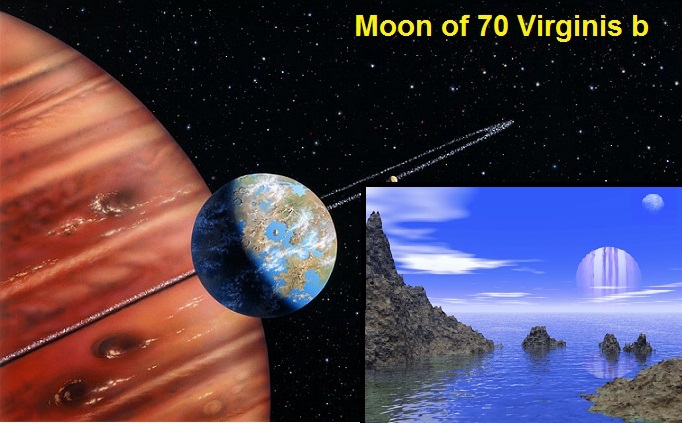 70 Virginis b (Virgo, 60 ly). Its parent star was one of the first confirmed to have a planetary system. While once hoped it would be habitable due to its ideal distance from the star, it has since been identified as a gas giant. However, any of its moons have perfect conditions for life to flourish.
70 Virginis b (Virgo, 60 ly). Its parent star was one of the first confirmed to have a planetary system. While once hoped it would be habitable due to its ideal distance from the star, it has since been identified as a gas giant. However, any of its moons have perfect conditions for life to flourish. -
2.
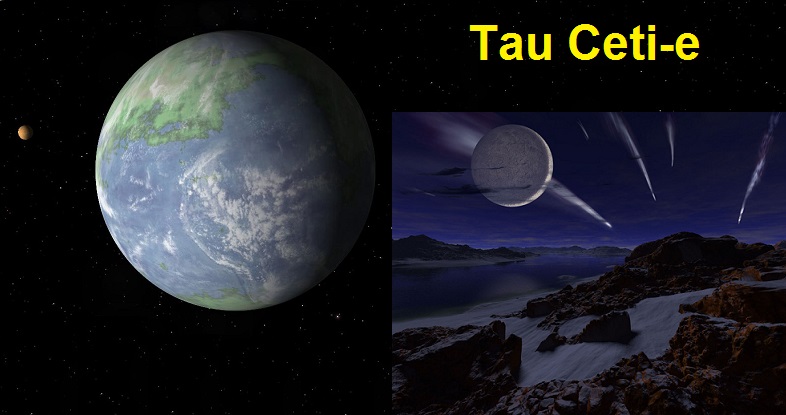 Tau Ceti-e (Cetus, 11.9 ly). On the hot inner edge of the habitable zone, Tau Ceti-e possesses a similar atmosphere to that of Earth. It measures 5 Earth Masses, a year of 168 days and mean temperature of around 150 degrees F.
Tau Ceti-e (Cetus, 11.9 ly). On the hot inner edge of the habitable zone, Tau Ceti-e possesses a similar atmosphere to that of Earth. It measures 5 Earth Masses, a year of 168 days and mean temperature of around 150 degrees F. -
3.
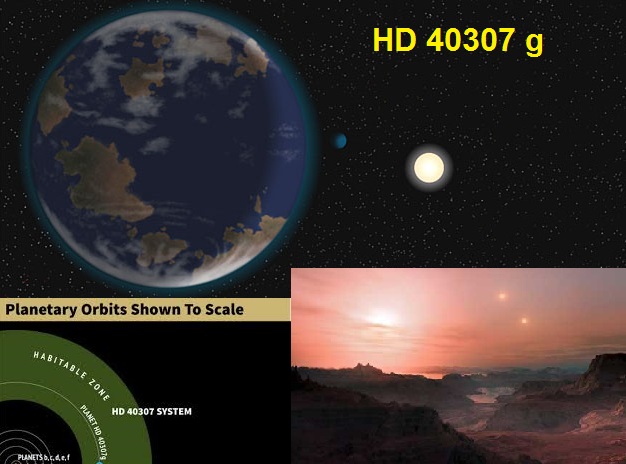 HD40307 g (Pictor, 42 ly). A very popular extrasolar planet, floating almost smack-dab in the center of its star's habitable zone. HD40307 g is believed to be a Super-Earth, larger than our own planet but holding both temperate land masses and large oceans, a steady orbit, and almost identical seasonal and day-night intervals.
HD40307 g (Pictor, 42 ly). A very popular extrasolar planet, floating almost smack-dab in the center of its star's habitable zone. HD40307 g is believed to be a Super-Earth, larger than our own planet but holding both temperate land masses and large oceans, a steady orbit, and almost identical seasonal and day-night intervals. -
4.
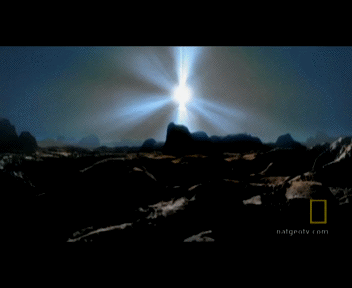 PSR B1257+12 a and b (Virgo, 980 ly). At times, debris expelled from a star gone supernova will reform into new planets, which revolve dangerously close to its corpse of a parent star, now a pulsar. Strobe-like blasts of radiation at a too close proximity may render any chance of life incredibly slim.
PSR B1257+12 a and b (Virgo, 980 ly). At times, debris expelled from a star gone supernova will reform into new planets, which revolve dangerously close to its corpse of a parent star, now a pulsar. Strobe-like blasts of radiation at a too close proximity may render any chance of life incredibly slim. -
5.
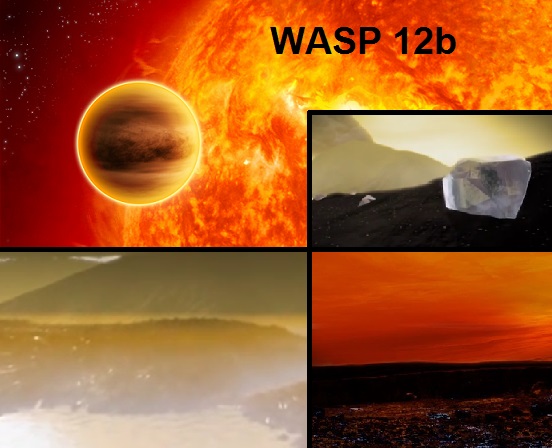 WASP 12b (Auriga, 871 ly). Toward the center of our galaxy, carbon is more abundant than oxygen, so planetary chemistry is vastly changed. WASP 12b is therefore considered a "treasure planet" due to its high concentrations of carbon compounds. Butane, benzine, coal, and diamond.
WASP 12b (Auriga, 871 ly). Toward the center of our galaxy, carbon is more abundant than oxygen, so planetary chemistry is vastly changed. WASP 12b is therefore considered a "treasure planet" due to its high concentrations of carbon compounds. Butane, benzine, coal, and diamond. -
6.
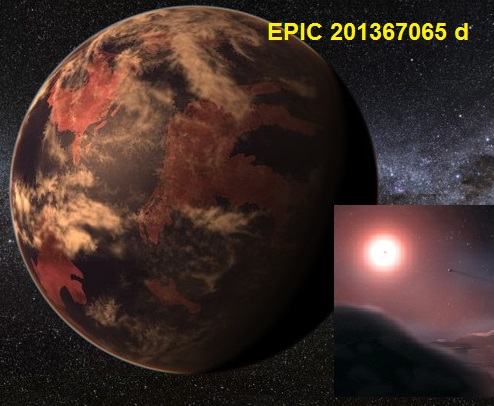 EPIC 201367065 d (Leo, 150 ly). One of a few planets orbiting a red dwarf, EPIC d lies within the habitable zone. Although red dwarf stars are normally much weaker than our own, EPIC d also happens to be 1.5 times the size of Earth. It's likely this planet has water, eternally red skies, and very warm, humid temperatures.
EPIC 201367065 d (Leo, 150 ly). One of a few planets orbiting a red dwarf, EPIC d lies within the habitable zone. Although red dwarf stars are normally much weaker than our own, EPIC d also happens to be 1.5 times the size of Earth. It's likely this planet has water, eternally red skies, and very warm, humid temperatures. -
7.
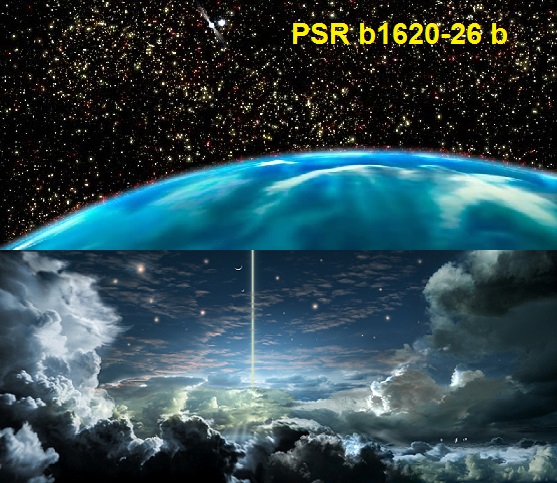 PSR b1620-26 b "Methuselah" (Scorpio, 12,400 ly). Also famously known as the Genesis planet, Methuselah orbits a dying pulsar and white dwarf star. A creepy fact? Methuselah is not only the first extrasolar planet humanity has found, but is also one of the oldest in existence, at 12.7 billion years old. It also happens to be in the habitable zone, and weirdly resembles artistic renditions of "heaven"
PSR b1620-26 b "Methuselah" (Scorpio, 12,400 ly). Also famously known as the Genesis planet, Methuselah orbits a dying pulsar and white dwarf star. A creepy fact? Methuselah is not only the first extrasolar planet humanity has found, but is also one of the oldest in existence, at 12.7 billion years old. It also happens to be in the habitable zone, and weirdly resembles artistic renditions of "heaven" -
8.
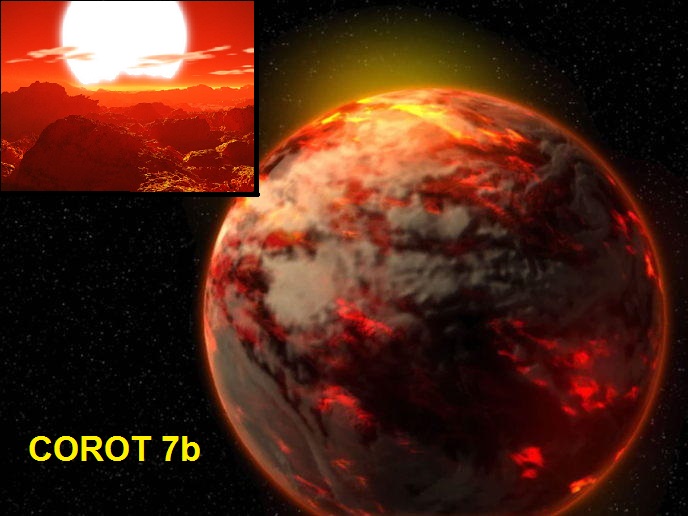 COROT 7b (Monoceros, 489 ly). This hellish planet has been compared to fictional planet Mustafar from Star Wars. Its lava side permanently faces its star and is a sizzling 4,700 degrees F. However, along the boundary to its dark side, melted ice, steam, and perhaps much more, is possible.
COROT 7b (Monoceros, 489 ly). This hellish planet has been compared to fictional planet Mustafar from Star Wars. Its lava side permanently faces its star and is a sizzling 4,700 degrees F. However, along the boundary to its dark side, melted ice, steam, and perhaps much more, is possible. -
9.
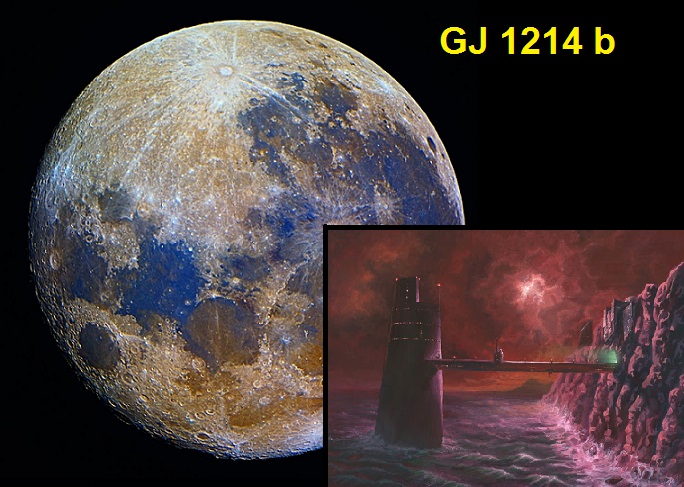 GJ 1214 b (Ophiucus, 42 ly). A Super Earth which exists in the form of a virtual planetary steam bath. GJ 1214 b holds more ocean than Earth, sporting a dim, hazy, humid climate.
GJ 1214 b (Ophiucus, 42 ly). A Super Earth which exists in the form of a virtual planetary steam bath. GJ 1214 b holds more ocean than Earth, sporting a dim, hazy, humid climate. -
10.
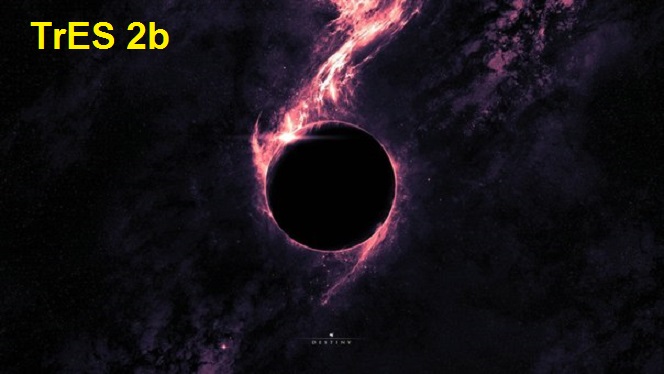 TrES 2b (Draco, 750 ly). TrES 2b is a sight to behold. Although a gas giant, it orbits extremely close to its parent star. This is weird enough, but the fact it is the darkest planet ever seen intensifies the mystery. TrES 2b is blacker than the blackest coal, reflecting only 2 percent of light. Considering its proximity to its star, speculation ranges from an absence of reflective clouding to a light absorbing atmosphere of potassium and titanium oxide.
TrES 2b (Draco, 750 ly). TrES 2b is a sight to behold. Although a gas giant, it orbits extremely close to its parent star. This is weird enough, but the fact it is the darkest planet ever seen intensifies the mystery. TrES 2b is blacker than the blackest coal, reflecting only 2 percent of light. Considering its proximity to its star, speculation ranges from an absence of reflective clouding to a light absorbing atmosphere of potassium and titanium oxide.
- REPLAY GALLERY
-

- These Worlds Exist 2
70 Virginis b (Virgo, 60 ly). Its parent star was one of the first confirmed to have a planetary system. While once hoped it would be habitable due to its ideal distance from the star, it has since been identified as a gas giant. However, any of its moons have perfect conditions for life to flourish.
10/10
1/10


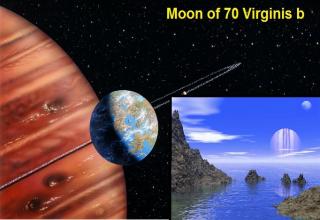

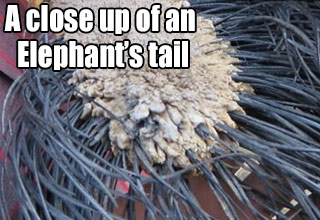



0 Comments